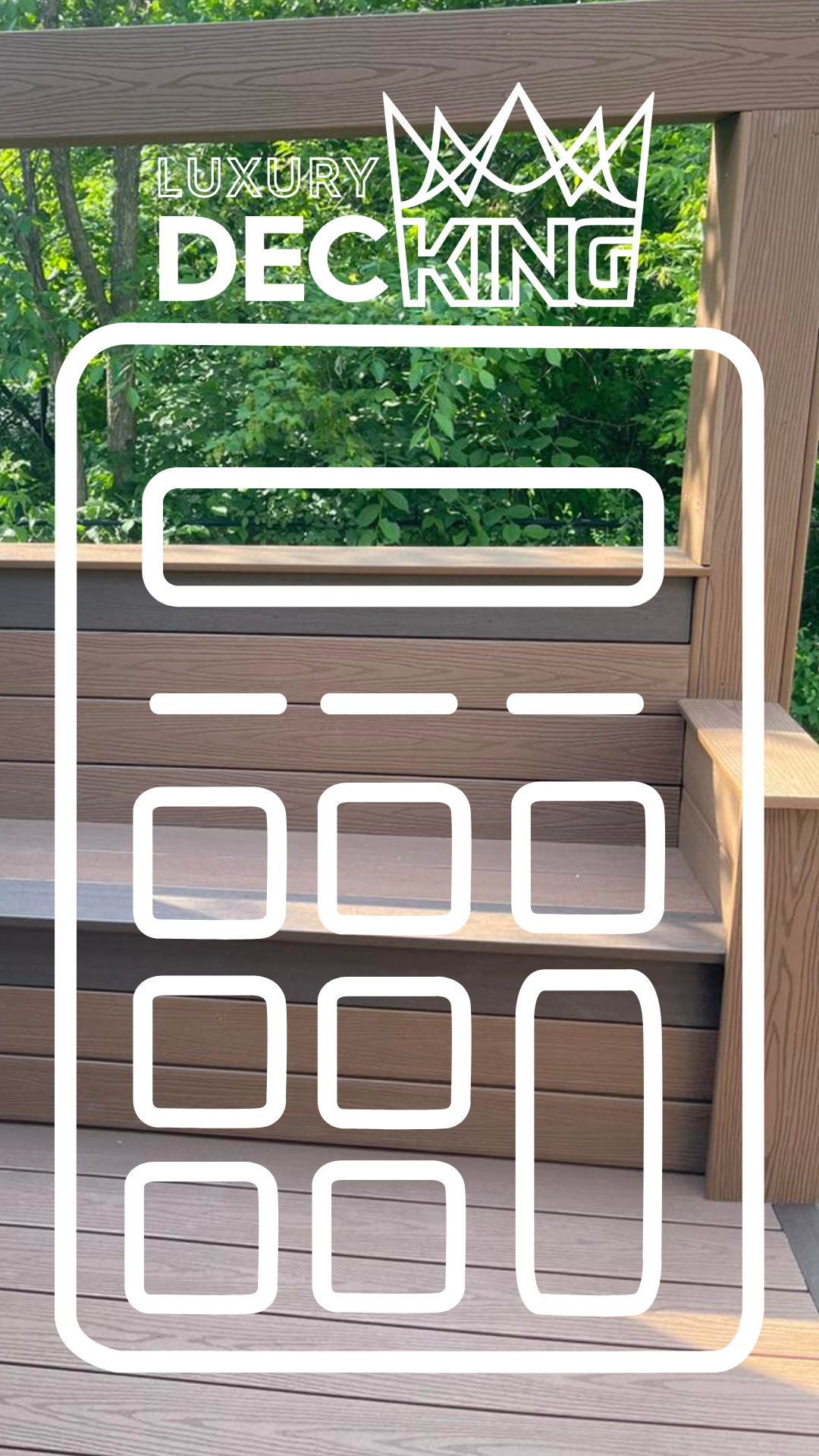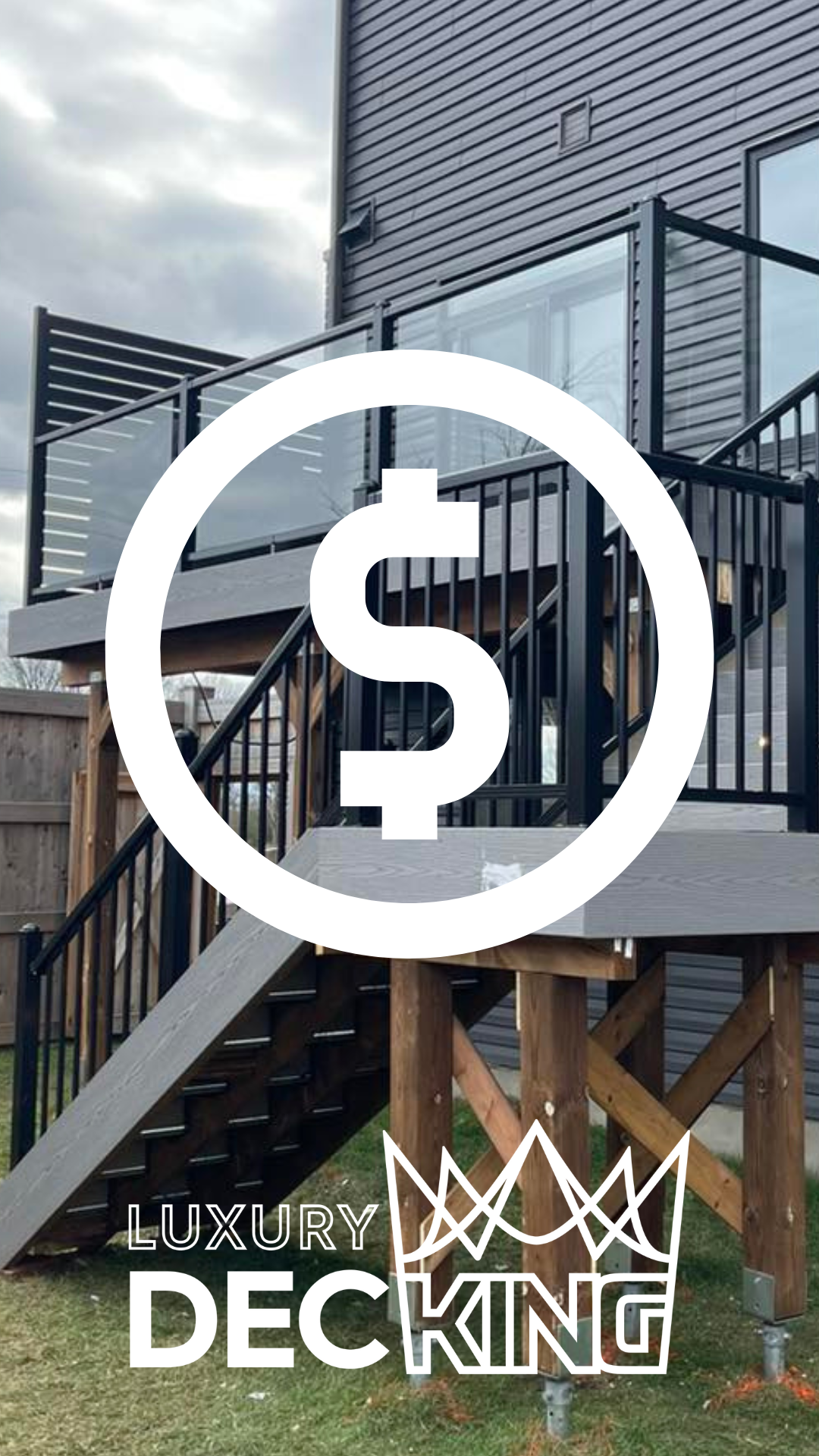Post on Deck: A Comprehensive Exploration of Structural Elements
Building a deck is more than just assembling wooden planks; it's about crafting a functional and aesthetically pleasing outdoor space. To achieve this, understanding the key structural elements is crucial. In this in-depth exploration, we delve into the world of deck construction, unraveling the intricacies of the structural components that lay the foundation for a sturdy, safe, and visually appealing deck.
The Anatomy of a Deck:
1. Framing the Foundation: Joists and Beams
At the heart of every deck lies the framing—the skeletal structure that supports the deck boards and everything above them. Joists, horizontal framing members, run perpendicular to the deck boards, providing the essential support. Beams, on the other hand, are the primary vertical supports that carry the load from the joists. Together, these elements create a robust foundation for the entire deck.
2. The Crucial Role of Ledger Boards
Ledger boards are attached to the exterior of the house, forming a crucial connection between the deck and the structure. Proper installation of ledger boards is vital for the deck's stability. Ledger boards support one end of the deck, helping to distribute the load and prevent sagging.
3. Deck Posts: Vertical Pillars of Strength
Deck posts are the vertical components that provide support to the deck beams. They are strategically placed to bear the load from the beams and transfer it to the footings or foundation. The selection of sturdy and durable materials for posts is essential to ensure the overall stability and longevity of the deck.
4. Solid Footings: Anchoring the Deck to the Ground
The footings serve as the anchor points for the deck's posts. Properly installed footings distribute the weight of the deck and prevent settling or shifting. In regions with freezing temperatures, footings need to extend below the frost line to avoid movement caused by ground freeze and thaw cycles.
Design Considerations:
1. Elevating with Deck Elevation: Multi-Level Decks
The concept of multi-level decks introduces a new layer of complexity to the structural design. When designing a deck with varying elevations, it's essential to consider additional posts, beams, and support elements to maintain stability and visual harmony.
2. Cantilevering for Style and Space
Cantilevering involves extending the deck beyond its supporting beams, creating an overhang. While this architectural choice adds style and visual interest, it requires careful consideration of the load-bearing capacity to ensure structural integrity. Professional guidance is often recommended when incorporating cantilevered elements.
3. Understanding Load Distribution: Live and Dead Loads
Load distribution is a critical aspect of deck construction. Live loads, which include the weight of people, furniture, and other temporary elements, and dead loads, consisting of the permanent weight of the deck structure itself, must be carefully considered during the design phase. Ensuring that the structural elements can handle both types of loads is fundamental to a safe and durable deck.
Choosing Materials Wisely:
1. The Impact of Material Selection on Structure
The choice of materials for structural components plays a pivotal role in the overall performance and longevity of the deck. Pressure-treated lumber, naturally resistant to decay and insects, remains a popular choice for framing elements. However, advancements in composite materials provide alternatives with enhanced durability and resistance to the elements.
2. Composite Decking for Structural Integrity
Composite decking materials offer not only aesthetic appeal but also structural benefits. Engineered for strength and durability, composite boards are resistant to warping, splintering, and decay. They contribute to the overall structural integrity of the deck while requiring minimal maintenance.
Code Compliance and Safety Measures:
1. Navigating Building Codes: Compliance is Key
Adhering to local building codes is non-negotiable in deck construction. Building codes provide guidelines for structural design, load-bearing capacity, and safety measures. Before embarking on a deck-building project, it's crucial to familiarize yourself with the specific codes in your area and ensure compliance.
2. Safety Railings: Balancing Functionality and Aesthetics
While safety railings may not be part of the primary structural elements, they play a vital role in overall safety. Properly designed and installed railings contribute to the deck's stability, preventing accidental falls. Balusters, posts, and handrails must meet code requirements while complementing the deck's aesthetics.
Maintenance and Longevity:
1. Preserving Structural Integrity through Maintenance
Regular maintenance is essential for preserving the structural integrity of a deck. Inspecting for signs of wear, addressing any issues promptly, and applying protective coatings contribute to the longevity of the deck's structural components.
2. Weathering the Elements: Sun, Rain, and Snow
Decks are exposed to the elements year-round, and weather conditions can impact their structural elements. UV rays from the sun, moisture from rain, and the weight of snow in colder climates can all take a toll. Proper construction and material choices, along with vigilant maintenance, help the deck withstand these challenges.
Expert Insights:
1. Consulting with Structural Engineers and Professionals
For complex designs or decks with unique structural challenges, consulting with a structural engineer is a wise investment. These professionals can provide insights into load-bearing capacity, material selection, and other critical factors, ensuring that the deck meets safety standards and withstands the test of time.
2. Balancing Form and Function with Professional Guidance
Achieving the perfect balance between form and function requires a nuanced approach. Collaborating with professionals, such as architects and deck builders, ensures that the deck not only meets structural requirements but also aligns with your design vision.
Case Study: The Well-Structured Deck
Let's explore a hypothetical case study to illustrate the importance of well-thought-out structural elements:
Project: A Multi-Level Deck with Cantilevered Features
-
Structural Design: The homeowner envisions a multi-level deck with cantilevered sections to maximize space and create visual interest. A structural engineer is consulted to ensure that the design incorporates additional supports, footings, and beams to maintain stability, especially in cantilevered areas.
-
Material Selection: Considering the desire for low maintenance and enhanced durability, composite decking materials are chosen for the deck boards. Pressure-treated lumber is selected for the framing elements, providing a sturdy and reliable foundation.
-
Code Compliance: The deck design is developed in compliance with local building codes. Safety measures, including proper railings and baluster spacing, are integrated into the design to meet code requirements and ensure the safety of occupants.
-
Professional Construction: A team of experienced deck builders executes the construction, following the structural plans meticulously. Careful attention is paid to the installation of ledger boards, posts, beams, and footings to guarantee the structural integrity of the deck.
-
Regular Maintenance: The homeowners commit to regular maintenance, including cleaning, inspections, and protective coatings. This proactive approach ensures that the structural elements remain in optimal condition, resisting the effects of weathering and prolonging the deck's lifespan.
-
End Result: The well-structured deck not only meets the functional needs of the homeowners but also becomes a visually stunning outdoor space. The cantilevered sections add architectural flair, and the careful consideration of structural elements ensures that the deck stands strong against the test of time.
Conclusion: Building Beyond the Surface
In the intricate dance of constructing a deck, the spotlight often falls on the surface—the deck boards, railings, and aesthetics that capture attention. However, beneath this visual allure lies a world of structural elements that define the deck's strength, safety, and longevity. From the framing components to the choice of materials, compliance with building codes, and ongoing maintenance, each element plays a crucial role in shaping the success of a deck project. As you embark on your deck-building journey, remember that true beauty goes beyond the surface—it's about building a deck that stands tall, both in form and in the well-thought-out function of its structural elements.









